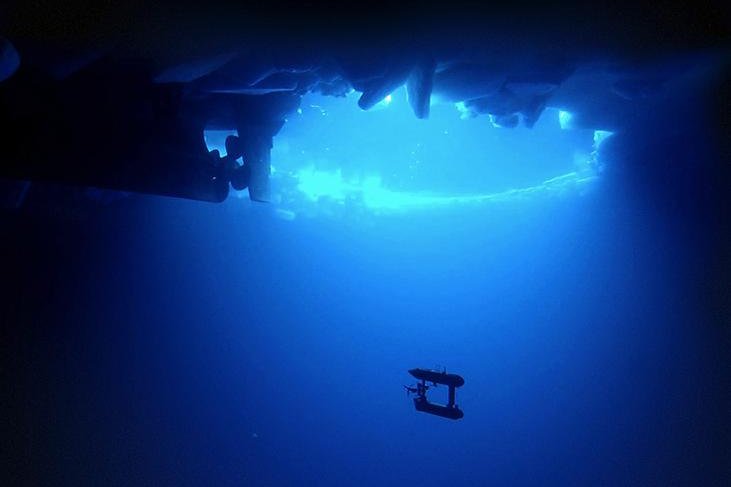WOODS HOLE, Mass., Nov. 24 (UPI) -- Scientists have now used an underwater robot to create 3D images of Antarctic sea ice.
Scientists previously used satellite data, holes drilled into the ice and visual observations to determine the thickness of sea ice in the Antarctic, but being able to also see sea ice from below with an underwater robot creates a fuller picture. A team consisting of researchers from the United States, the UK and Australia were able to achieve just that.















